Why Tencel Redefines Pillow Encasement Luxury
The Science of Silky Softness
Tencel's luxurious softness can be attributed to its unique fiber structure. The fibers are incredibly smooth and finely woven, contributing to a silky feel that enhances comfort in comparison to traditional fabrics like cotton or polyester. Unlike these materials, Tencel offers a distinctively soft and gentle touch that remains unmatched. According to textile studies, Tencel consistently receives high ratings for softness, reinforcing its reputation as a premium choice for luxury pillow encasements. This makes it the perfect option for anyone seeking the ultimate in sleep comfort, without compromising on the feel of their bedding.
Moisture-Wicking Performance
Tencel fibers excel in moisture management, absorbing sweat and reducing humidity to keep the sleep environment dry and comfortable. Effective moisture management is essential for sleep quality, as it helps maintain an optimal temperature and prevents disruption from excess perspiration. In studies, Tencel has demonstrated superior moisture-wicking capabilities, outperforming even cotton, which is often praised for its absorbency. This performance feature allows sleepers to enjoy a cool, dry surface, adding to the appeal of Tencel as a material for luxury bedding. The moisture-wicking characteristic of Tencel not only enhances comfort but also prolongs the freshness of the pillow encasement, ensuring a restful night's sleep.
Adaptive Climate Control Technology
Tencel's adaptive climate control technology excels in maintaining an optimal sleeping environment by adjusting to fluctuations in body temperature. As we sleep, our bodies naturally release heat, and it's crucial that bedding materials can respond to these changes. Tencel fibers possess the remarkable ability to modulate temperature through enhanced air circulation, enabling sleepers to stay cool, thus fostering deeper and more restful sleep. Dr. Christine Blume, a renowned sleep researcher, emphasizes the importance of temperature regulation, noting that it significantly impacts sleep quality by preventing disturbances caused by overheating.
Year-Round Sleep Comfort
Tencel is an exemplary fabric for ensuring comfort regardless of the season, providing warmth during colder months and a cooling effect when it's hot. This adaptability caters to diverse seasonal preferences, as confirmed by numerous user testimonials praising its unique climate-responsive nature. For instance, one user noted that Tencel bedding kept them cozy through winter and refreshingly cool in summer. Furthermore, scientific research underscores this versatility, highlighting that temperature-regulated bedding significantly enhances sleep satisfaction throughout the year. By choosing Tencel, you're investing in a fabric capable of delivering unparalleled comfort, no matter the climate.
Eco-Friendly Manufacturing Process
Tencel fiber production is a model of sustainability in the bedding industry. It begins with using renewable raw materials, specifically wood pulp from sustainably managed forests. This ensures minimal environmental disruption and supports healthy ecosystems. Tencel boasts several certifications for its eco-friendly practices, including the USDA BioPreferred® Program and OEKO-TEX® Standard 100, which underscore its commitment to sustainability. The production process is notably water-efficient, with a reduction in water usage and chemical fertilizers by remarkable margins compared to conventional fabric manufacturing. This efficient use of resources highlights Tencel’s dedication to minimizing its environmental footprint while producing high-quality, sustainable bedding materials.
Biodegradable Benefits
Tencel not only excels in sustainable production but also in biodegradability, offering a significant reduction in landfill waste. Unlike traditional synthetic bedding materials that can linger in the environment for centuries, Tencel fibers decompose naturally, leaving no toxic residues. This stark comparison positions Tencel as a leading choice for environmentally conscious consumers. Experts in environmental sustainability emphasize the critical role of biodegradable materials in reducing the overall ecological impact of the bedding industry. With Tencel, consumers can enjoy luxurious bedding comfort while contributing positively to the planet by minimizing waste and promoting a greener future.
Bed Bug Protection Advantages
Tencel fabric stands out as a formidable defense against bed bug infestations, providing an invaluable layer of protection for sleepers. Its smooth and tightly woven structure acts as a physical barrier, making it difficult for bed bugs to penetrate and thrive. Recent statistics have highlighted the increasing prevalence of bed bugs in urban areas, emphasizing the critical need for protective bedding solutions like the bed bug mattress cover. Compared to traditional bed bug protectors, Tencel offers superior benefits by naturally repelling pests while maintaining a comfortable sleep environment. Its properties not only deter bed bugs but also enhance the quality of sleep by offering a hypoallergenic surface that is gentle on the skin.
Dust Mite Resistance
Tencel's properties go beyond just bed bug protection—it also offers significant resistance to dust mites. These mites thrive in environments with warmth and moisture, making bedding a common breeding ground. However, Tencel disrupts this cycle with its exceptional moisture management, keeping the sleep surface dry and less hospitable for dust mites. For individuals with sensitive skin or allergies, the reduction in dust mites translates to fewer allergens and improved health benefits. In fact, research supports that using Tencel bedding can significantly decrease allergy symptoms, providing a healthier sleep environment for users. This makes Tencel an ideal choice for anyone seeking to create a hypoallergenic sleep sanctuary.
Tencel vs. Traditional Pillow Encasements
Breathability Comparison
When it comes to breathability in textiles, Tencel, derived from eucalyptus trees, showcases superior performance compared to traditional pillow encasements. The structure of Tencel fibers allows for better airflow, making it far more effective in regulating temperature and moisture. According to authoritative textile studies, Tencel scores high in breathability ratings, contributing to a cooler and more comfortable sleeping environment. Users frequently report a noticeable difference in comfort, emphasizing that Tencel pillow encasements prevent overheating and maintain a consistently pleasant sleep temperature. This contrasts with traditional fabrics, which often trap heat and moisture, resulting in an uncomfortable sleep experience.
Long-Term Durability Analysis
Tencel pillow encasements excel in long-term durability, offering a significant advantage over traditional options. The wear and tear resistance of Tencel is notable due to its robust fiber composition, which maintains its structure over time even with repeated washing. Studies highlight that Tencel products meet high manufacturing standards, ensuring longevity and consistent performance. Experts often recommend Tencel as a worthwhile investment in durable bedding, due to its ability to retain its benefits without compromising on comfort. In comparison, traditional encasements tend to degrade faster, leading to sagging and a decline in protective qualities. Thus, for those seeking enduring quality, Tencel emerges as a superior choice.

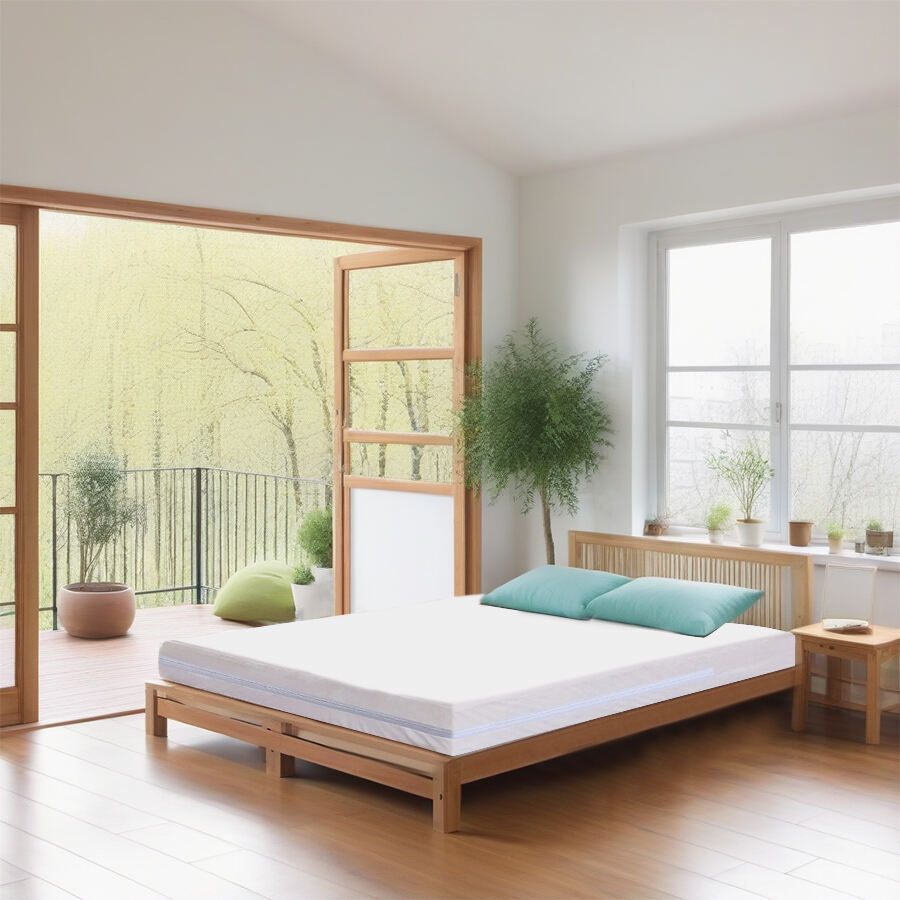
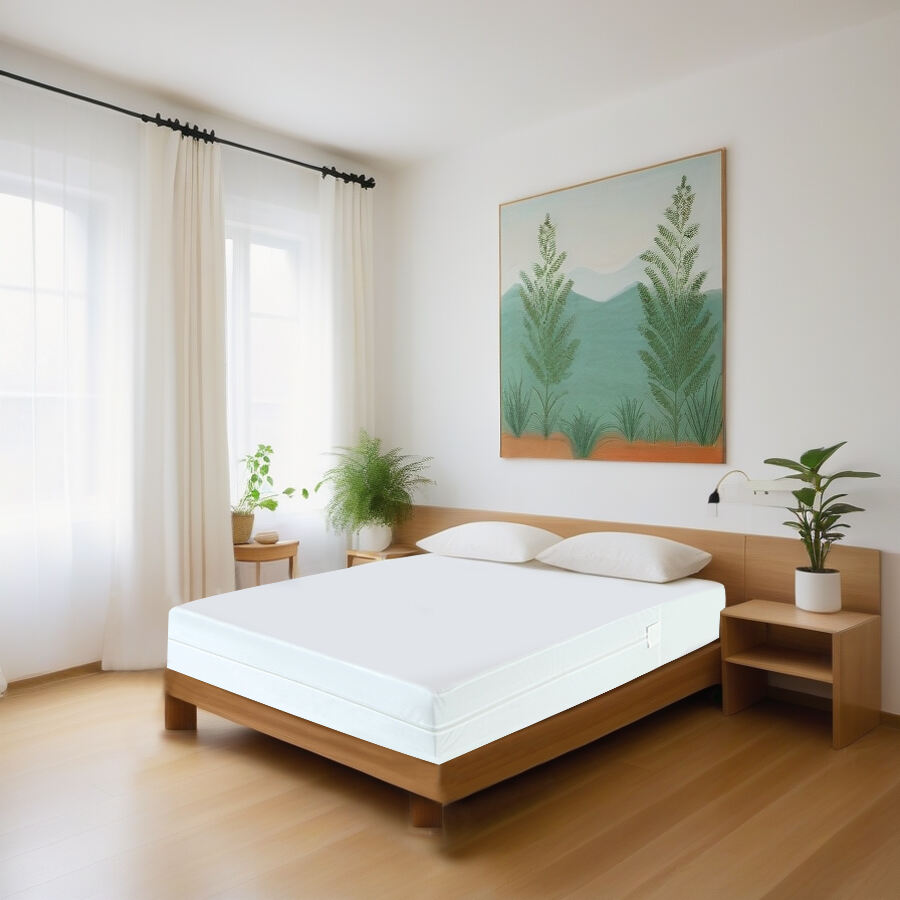



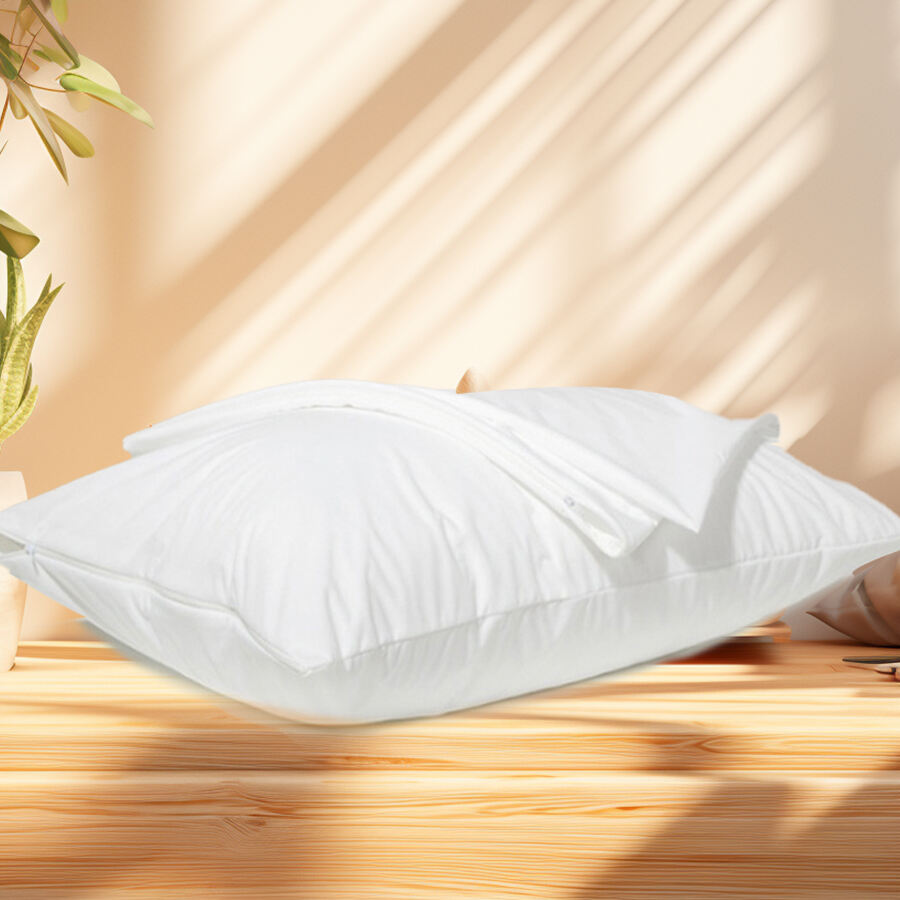













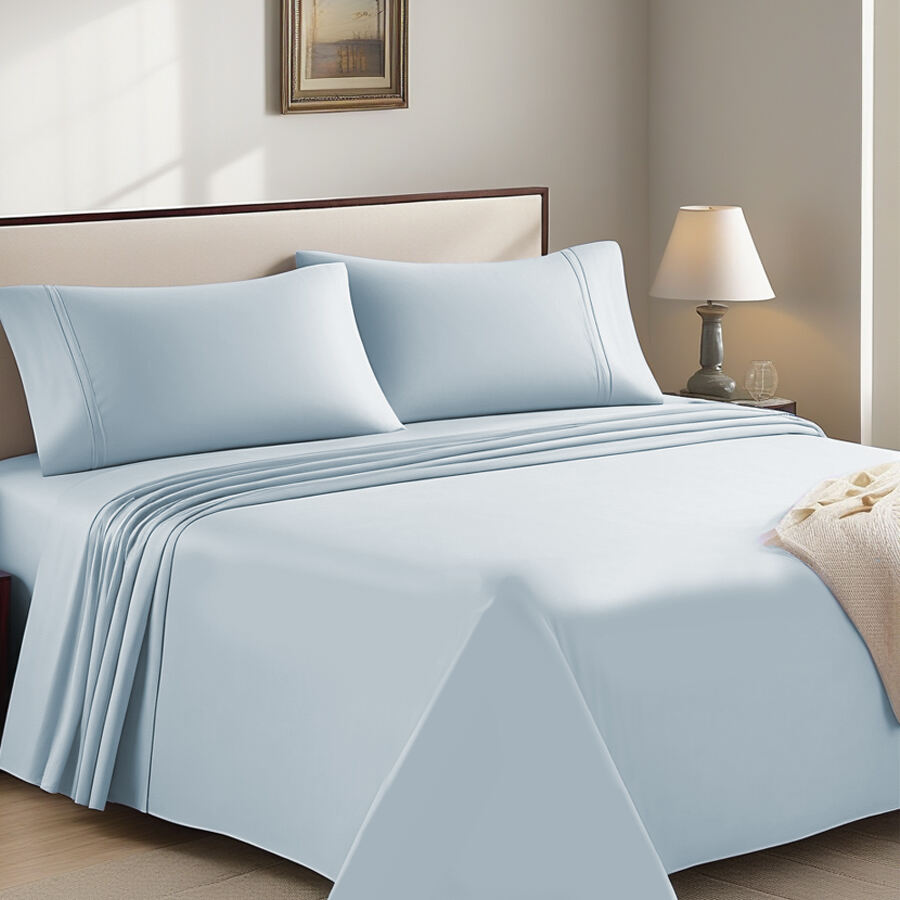


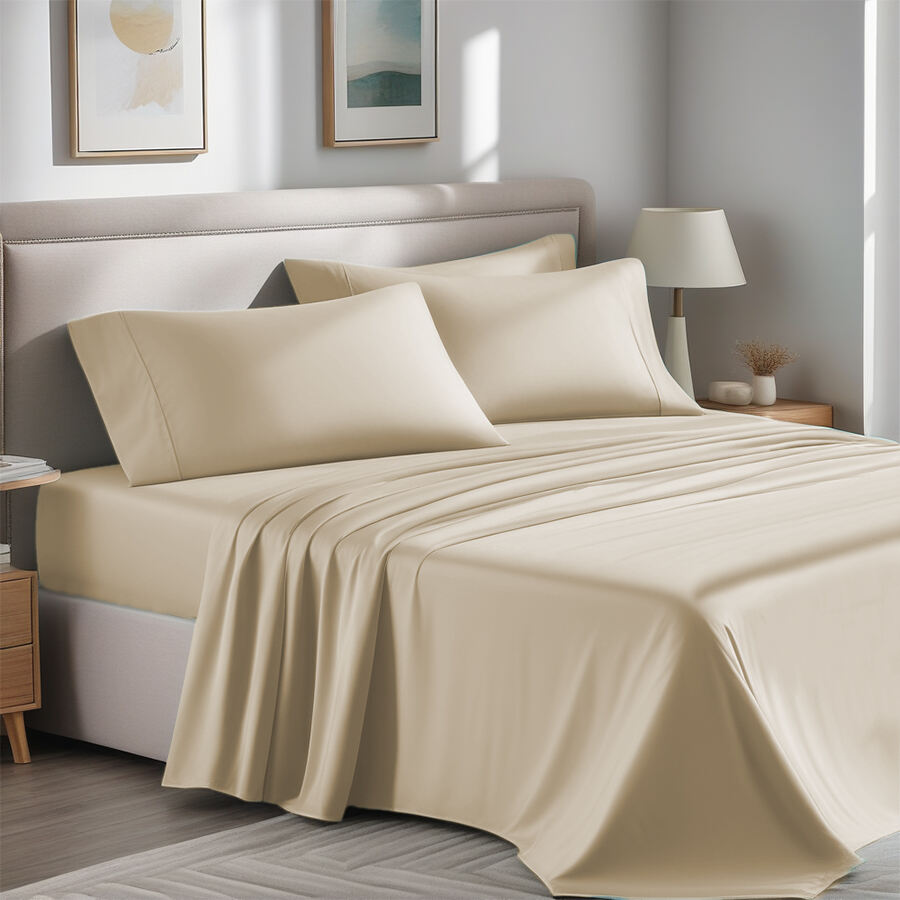




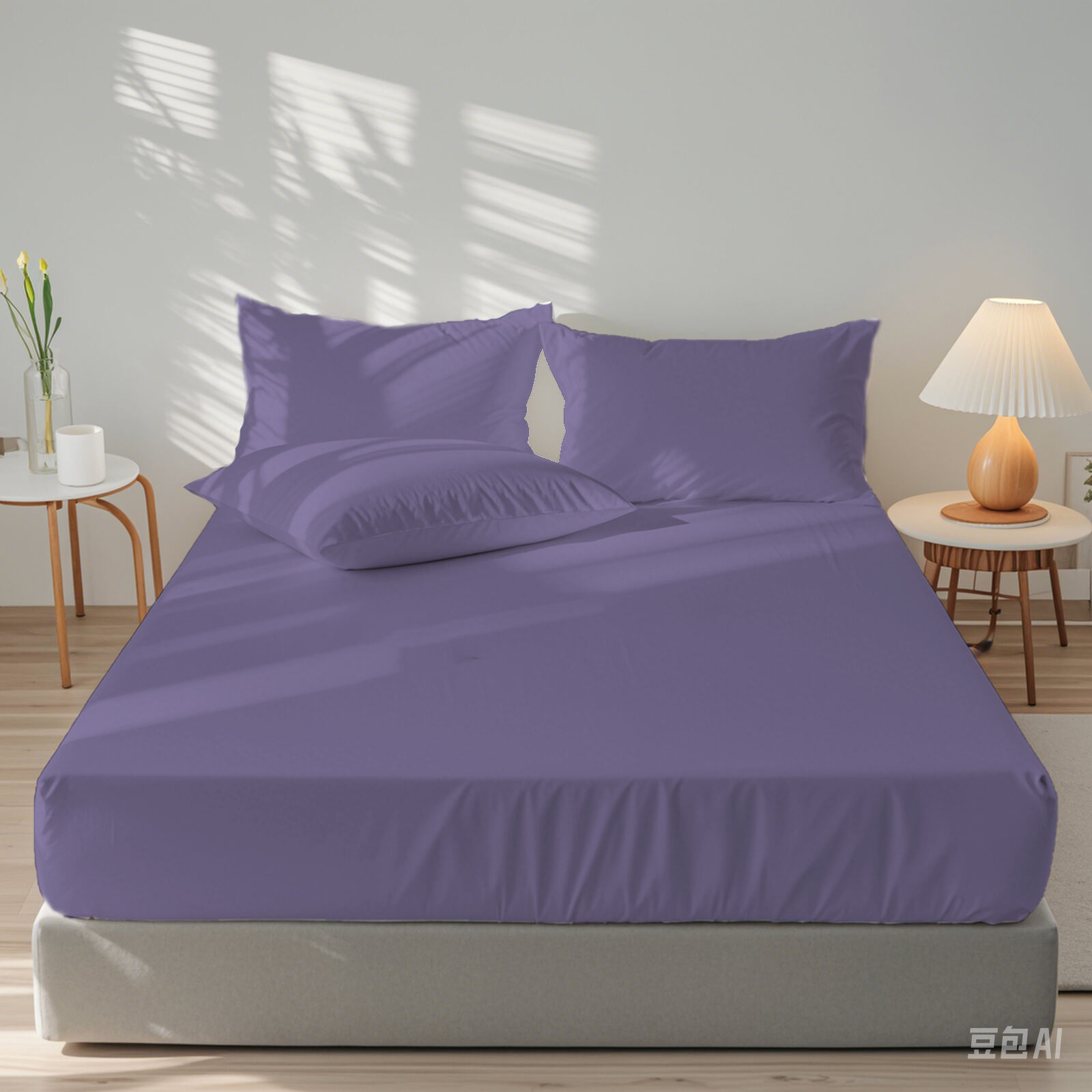
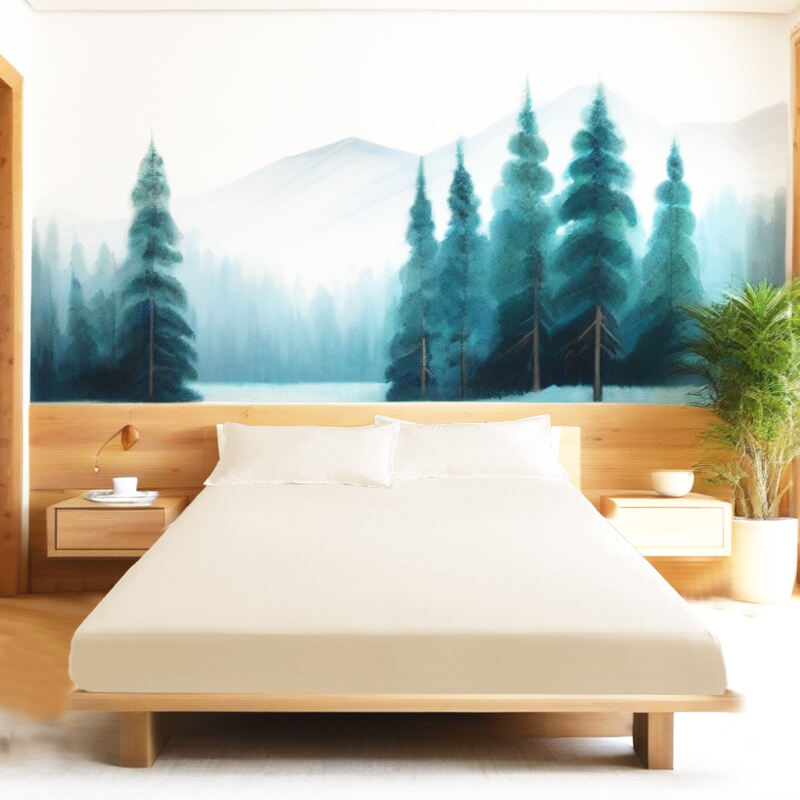
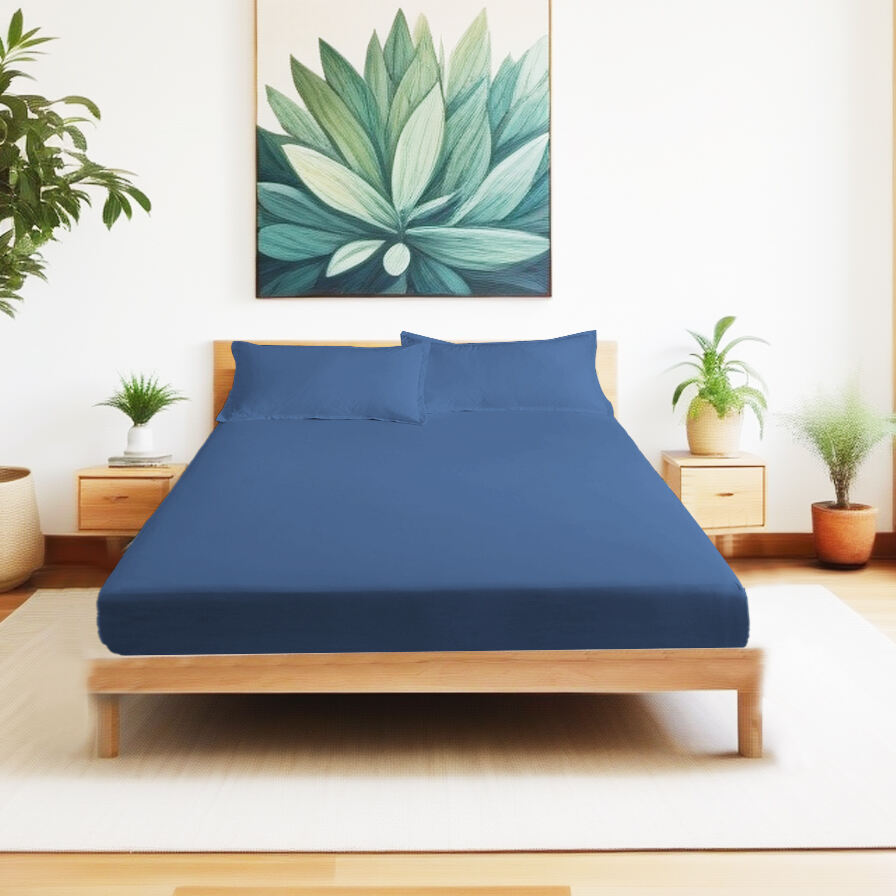

 EN
EN
 AR
AR HR
HR DA
DA NL
NL FR
FR DE
DE EL
EL IT
IT JA
JA KO
KO NO
NO PL
PL PT
PT RU
RU ES
ES SV
SV IW
IW VI
VI HU
HU TR
TR AF
AF MS
MS GA
GA